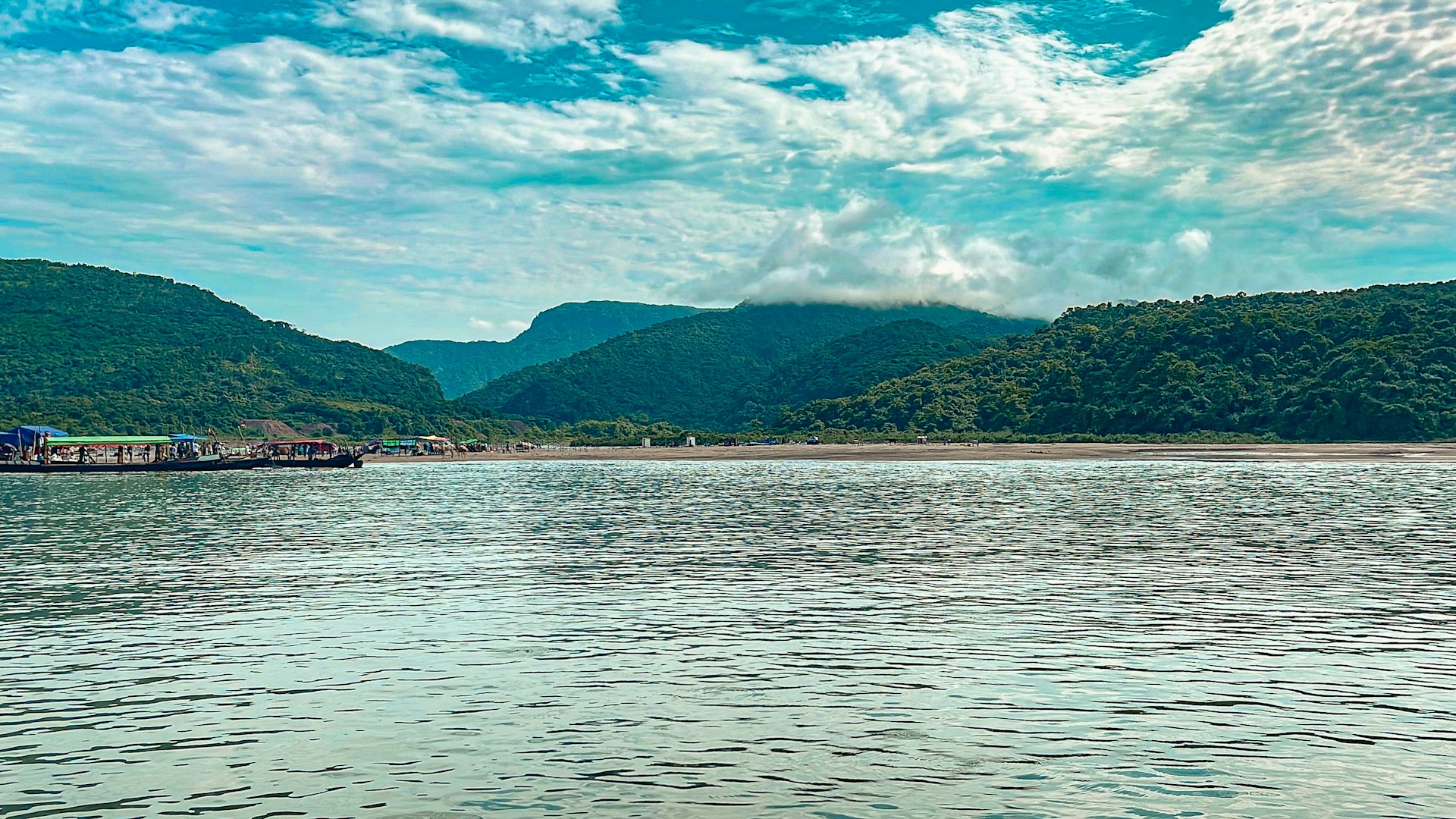River Gypsies – A Background
The community known as River Gypsies or ‘water nomads’ is rather unusual as people living in close connection with water.
Dispersed in Bangladesh, India, Cambodia, Laos and Nepal these communities are heavily dependant on rivers for their existence, traditions and activities.
“River Gypsies” is a joint term for several groups that, though living by water, have different ethnic background.
This blog includes interesting information about the history of these people, the way that they lives and what problems they have.
1. The Historical Roots of River Gypsies
Indeed, the River Gypsy communities can be dated back many centuries.
They have been traditionally pastoral and semi-nomadic, a group moving, for instance, from one triangular base of a seasonal river to another in the search for fish.
This lifestyle was due to the fact that they had to move up and down the banks of the rivers, which are seasonal; and also due to monsoon conditions, and availability of fish and other edible aquatic form of life, which made them move around in search of food and instruments of trade.
Over many years, the River Gypsies have been involved in fisheries, carrying activities, and boat construction, earning them roles in the riverine societies.
In South Asia, especially in Bangladesh these people are called ‘Bede’ or ‘Baidya’ and in SE Asian countries Company of similar group of people is called ‘Chong’ of Cambodia or ‘Chao Ley’ of Thailand.
Such groups have a cultural basis arising from their source of living in the river, and these rivers are sacred to them as signs of social interaction.
Some of the communities have over the years adopted and clipped their versatility through entertaining, as healers, and traders in order to maintain the cultural standard of their society as well as the tradition.
2. Life on the Water: Culture and Daily Practices
The sources of life for River Gypsies considerably represent the water element. Their habitation is mainly in small boats or fragile structures by the river side.
These transportation vessels are, in fact, dwellings and are locally known as houseboats or shampans.
Thus, making River Gypsy communities a family-based community, different generations live together and the elderly teach youngsters about fishing, boats, and use of river system.
The rivers are not only a source of life but the social connectedness that they obtain and exchange with one another to individual experience and culture.
The main source of income is derived from fishing and the second income is either building boats, selling fish caught from the river or exchanging products from one village to another.
In particular, Gypsies have also a wonderful tradition of singing and dancing, and telling stories and fables mainly as a way of living through performance.
In many River Gypsies’ cultures traditional medicine is still important for the community and the majority of them works as nomadic healers who use herbs and religious therapies.
However, the River Gypsies’ habits are considered pretty primitive and, at the same time, they possess a highly developed code of values that makes them different from ordinary people.

3. Challenges Faced by the River Gypsy Communities
The River Gypsies are on the verge of losing the customary way they have been living since they are vulnerable to societal changes and the environment.
Drought and unfavorable monsoon patterns, high river levels and frequent flooding from rains are also threats to their pastoralism.
These people mostly depend on fishing because that is a natural source of food as more rivers flood or turn into dried up river beds it becomes impossible to apply the traditional techniques of fishing and therefore their income sources are affected.
Apart from the obstacles in the environment, River Gypsies have no social recognition within and are discriminated by the state.
Most of them cannot afford citizenship documents, formal education and neat health hence they lag behind, cycle of poverty and limited mobility.
With attempts to sedentize Gypsies by providing them with permanent homes, some states and local authorities waged humiliating fights against the Gypsies’ longing and attempts to stay in even partial water-based living environment.
In addition, as the surrounding population continues to expand, becoming even more urbanized, River Gypsies are pushed off the riverbanks and out of their hereditary paths.
However, some of the River Gypsy groups are slowly trying to reduce their dependence on fishing and have started to open other sources of income, participating in agricultural undertakings or working in eco-tourism related businesses.
Yet, the later need to be done for the documentation of cultures and their ways of life as well as satisfaction of socio-economic necessities of these tribes.
Conclusion
Thus, River Gypsies in the turn is the example of endurable people with unique traditions.
Culture, customs, and difficulties that indigenous communities experience together with their historical background reveal a lot about human interaction and existence and the living environment.
Due to contemporary stress, more attention, integration, and the development of effective and preservationist concepts for Native Americans’ livelihood are needed.
Also read: Sustainability of Low-Income Housing: approaches in Bangladesh

